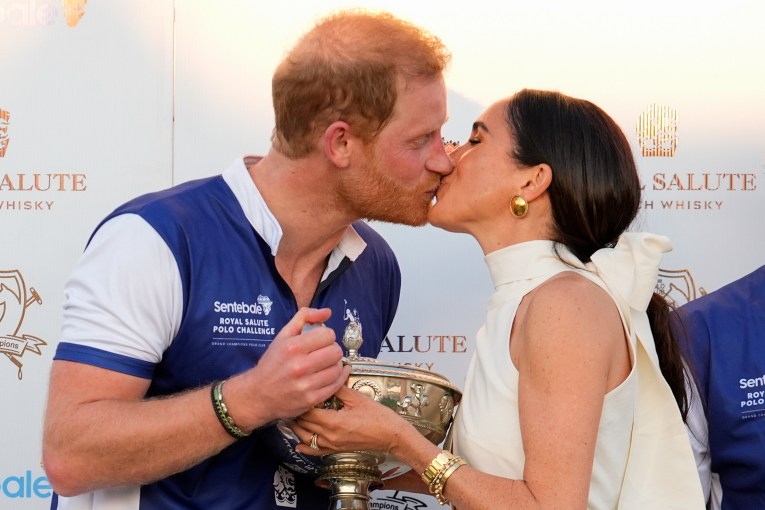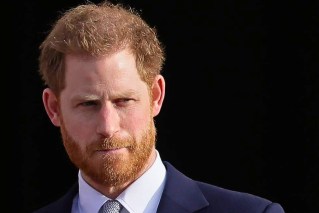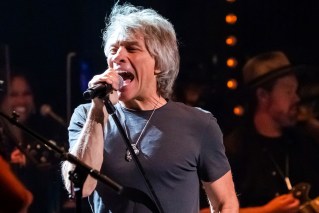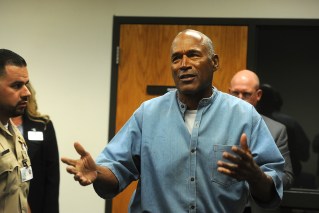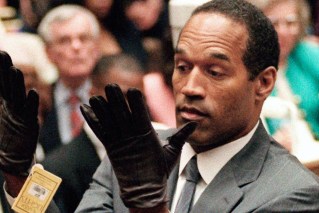Little Richard, flamboyant pioneer of rock’n’roll, dies aged 87
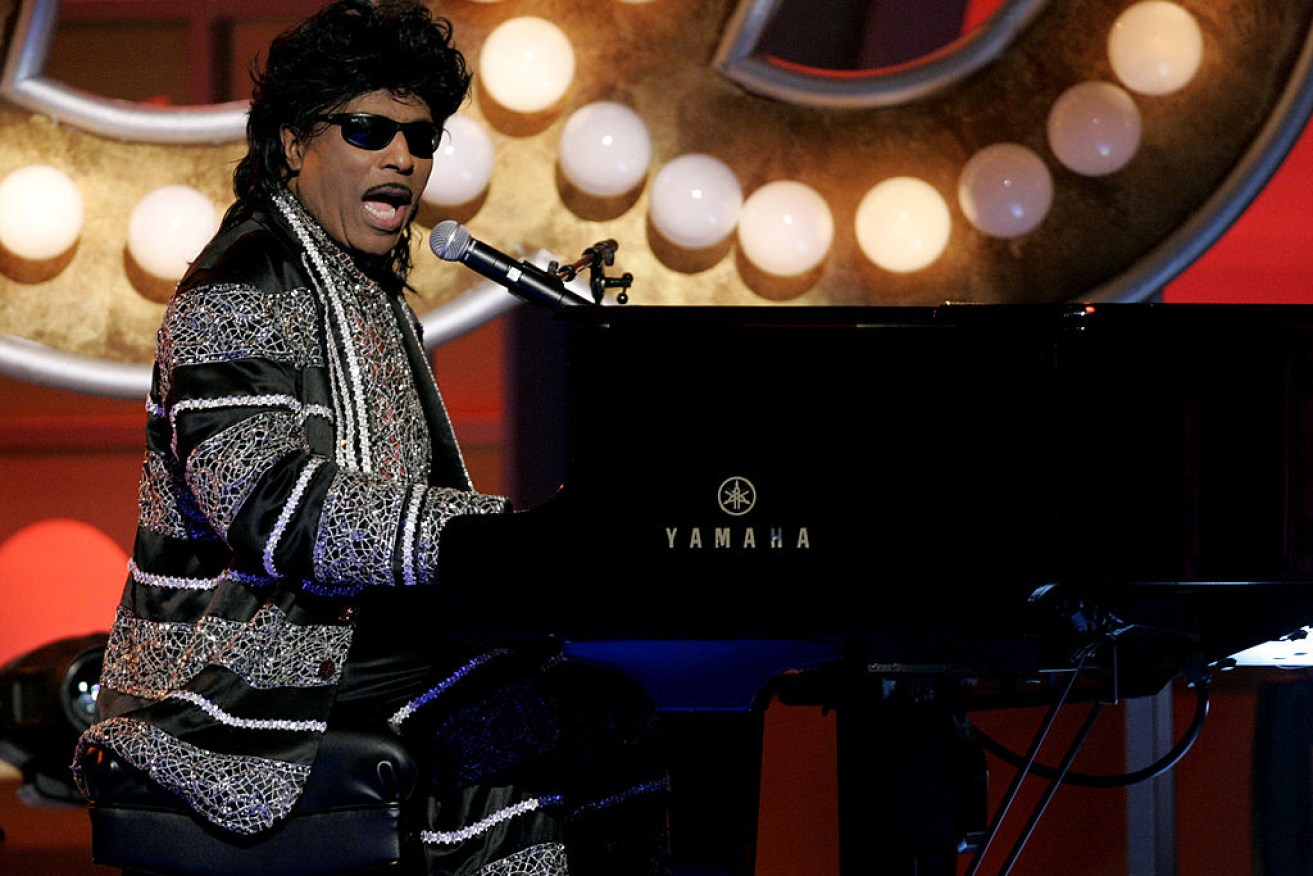
Little Richard, whose career peaked in the 1950s and 1960s, performs "Good Golly Miss Molly" in 2005. Photo: Getty
Little Richard, the self-proclaimed “architect of rock’n’roll” who inspired the likes of Elvis Presley and The Beatles, has died at the age of 87.
Richard, whose electrifying 1950s hits such as Tutti Frutti and Long Tall Sally and flamboyant stage presence influenced legions of performers, succumbed to bone cancer, according to Rolling Stone, who spoke to his son Danny Penniman.
Dick Alen, his former agent, confirmed the US musician died at his home in Nashville, Tennessee.
I just heard the news about Little Richard and I’m so grieved. He was my shining star and guiding light back when I was only a little boy. His was the original spirit that moved me to do everything I would do.
— Bob Dylan (@bobdylan) May 9, 2020
Richard’s bass guitarist, Charles Glenn, told celebrity website TMZ that Little Richard had been sick for two months and that he died in the company of his brother, sister and son.
Glenn told TMZ he spoke to Richard on March 27 and the singer asked him to visit, but he could not because of the coronavirus pandemic. He said Richard was like a father to him, and would sometimes tell him, “Not to take anything away from your dad, but you’re my son.”
Rolling Stone paid tribute to Richard as a “founding father” of rock’n’roll.
At his peak in the 1950s and early ’60s, Richard shouted, moaned, screamed and trilled hits like Tutti Frutti, Long Tall Sally and Good Golly, Miss Molly all the while pounding the piano like a mad man and punctuating lyrics with an occasional shrill “whoooo!”.
Time magazine said he played “songs that sounded like nonsense … but whose beat seemed to hint of unearthly pleasures centred somewhere between the gut and the gutter.”

Little Richard, circa 1957. Photo: Getty Archives
The music drew in both young black and white fans at a time when parts of the US still were strictly segregated. Many white artists, such as Pat Boone, had their own hit versions of Richard’s songs, albeit considerably toned down and “safer” for the pop audience.
“I’ve always thought that rock’n’roll brought the races together,” Richard once said. “Although I was black, the fans didn’t care. I used to feel good about that.”
Little Richard has died, aged 87. BBC Archive will never tire of his incredible 1972 interview on Late Night Line-Up. pic.twitter.com/PRbuDSZB1H
— BBC Archive (@BBCArchive) May 9, 2020
Richard’s career took a turn in 1957 when he decided to abandon rock in the middle of a two-week tour of Australia.
Richard told a biographer he saw a fireball shoot across the sky during an outdoor performance in Sydney and took it as a sign from God to change his life.
He said he later realised the fireball was the launch of Russia’s Sputnik satellite.
A few months later, however, Richard was a student at a Bible college in Alabama. For a while he played only gospel music but slipped back into rock’n’roll, sharing a bill with the young Beatles in Hamburg, Germany, in 1962.
It was a pattern that persisted for years as Little Richard moved between rock’n’roll, alcohol, cocaine and heroin abuse and Christianity and gospel music.
He would go on to become an ordained Seventh Day Adventist minister and eventually worked both gospel and rock into his shows, along with a little preaching.

Little Richard before the London Rock’n’Roll Show at Wembley Stadium, 1972. Photo: Getty
